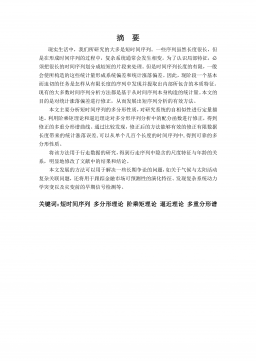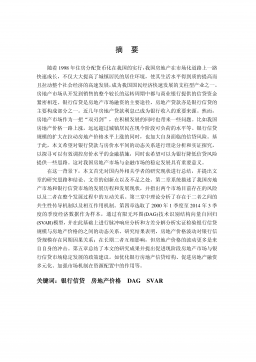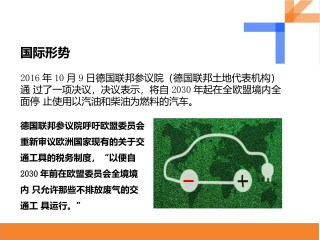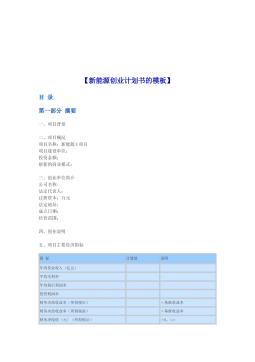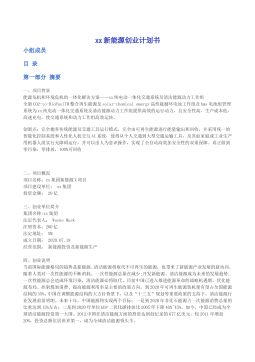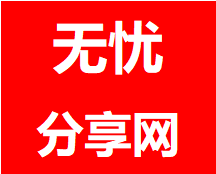烧结矿竖式冷却余热高效回收利用研究
VIP免费
摘 要
在钢铁工业的烧结工序中,烧结机尾部烟气及烧结矿显热的高效回收与利用
是降低烧结工序能耗的有效途径,而烧结矿冷却工艺及其余热发电系统的选择又
是决定余热回收效率的关键。因此,论文以烧结矿竖式冷却过程为研究对象,根
据场协同原理,进行了烧结矿竖式冷却的实验研究;通过热力学论㶲分析方法,
论证了烧结矿竖式冷却机的余热回收潜力;根据能量梯级利用原理,提出了新型
竖式冷却高效余热回收发电系统方案。本文主要研究的问题有:
(1) 在总结已有的烧结矿竖式冷却研究的基础上,搭建竖式烧结矿冷却实验
台,对烧结矿在下落过程中与空气的换热规律进行了研究,重点分析了不同气固
比、冷却气体进口速度对气固换热过程的影响。研究结果表明:随着气固比增加,
冷却气体所携带的热量㶲呈现出先增加后减小的趋势,且当气固比在 1000Nm³/t
左右时,冷却气体携带的热量㶲最大;随着冷却气体流速增大加,气固换热系数
不断增加,但其增长速率逐渐变慢;拟合出的气固换热经验关联式,
0.5
117.67 1.26Re
Nu
,适用范围为:
9700≤Re≤25000,
0.80≤ε≤0.90,误差在±10%
以内,为后续竖式烧结矿冷却结构的优化设计提供了的参考价值。
(2) 以某烧结厂烧结工序的相关参数为基础,分别对传统鼓风环冷机烟气分段
回收工艺和新型竖式烧结矿冷却工艺余热回收过程进行了热力学㶲计算分析。经
计算,烧结矿冷却过程中换热㶲损最大,环冷机吨矿仅能节省 4.1kgce,烧结矿的
竖式冷却吨矿可节能 11.4kgce,因此,竖式烧结矿冷却工艺节能潜力明显高于环冷
机的节能潜力。
(3) 根据梯级利用原理,在总结现有烧结余热锅炉工艺系统的基础上,将竖式
烧结矿冷却塔与双进气双压余热锅炉集成,提出了新型的竖式烧结矿冷却余热发
电系统,并与济南钢铁二烧余热回收发电系统进行对比分析。结果表明,新型余
热回收系统的㶲回收利用率达 30.25%,发电功率增加了 7.5MW,其余热回收利用
效率明显优于后者。同时,为后续竖式烧结矿冷却余热发电工艺的的优化设计提
供了依据。
关键词:烧结余热 竖式冷却 㶲分析 余热锅炉
ABSTRACT
In the sintering process of iron and steel industry, efficient recovery and use of
sensible heat from the sintering machine tail flue gas and sinter is an effective way to
reduce energy consumption of sintering process. Reasonable Selection of cooling
process and power generation system is key to waste heat recovery efficiency. So, in
this dissertation, the vertical sinter cooling process was taken as the research object.
And based on field synergy principle, experimental studies of vertical sinter cooling
were conducted. By using thermodynamic exergy analysis method, it demonstrated
waste heat recovery potential in vertical sinter cooling process. According to the
principle of energy cascade utilization, the new type of vertical sinter cooling of waste
heat recovery power generation system was put forward. The major issues involved are
as follows:
(1) Based on the studying of existing vertical sinter cooling, the vertical cooling
test unit is built to study the heat transfer between air and the falling sinter of high
temperature. The influences of gas-solid ratio and velocity of cooling gas to gas-solid
heat transfer were analyzed. The Results showed that under the certain sinter flow, the
outlet heat exergy of gas presented earlier increase and later decrease trend with the
increase of gas-solid ratio, and it got the maximize when the gas-solid ratio was about
1000Nm3/t. With the increase of flow velocity, gas-solid heat transfer coefficient
increased. But the increase rate has presented decrease tendency. Based on the
experiments, the empirical correlations of gas-solid heat transfer were obtained.
0.5
117.67 1.26Re
Nu
, 9700≤Re≤25000, 0.80≤ε≤0.90,with error under ±10%,
provides a certain reference value for subsequent vertical sinter cooling structure
optimization design.
(2) On the basis of the related parameters in sintering process of a sintering plant
sinter, respectively it used thermodynamic exergy analysis method to calculate and
analysis waste heat recovery of circular sinter cooling process and vertical sinter cooling
process. By the calculation, the largest exergy loss is from sinter cooling process. It only
save 4.1kgce per ton using circular cooler to recycle waste heat. While vertical sinter
cooling process can save 11.4kgce per ton, Therefore, energy saving potential of vertical
sinter cooling process is significantly higher than circular sinter cooling process.
(3) According to the principle of cascade utilization and summarized existing
waste heat boiler, the vertical sinter cooling tower and dual-inlet and dual-pressure
waste heat boiler were integrated to carry out the waste heat power generation system of
vertical sinter cooling process. And then it compared with the waste heat recovery
power generation system of the second sintering plant of Jinan. Results showed that
exergy of the waste heat utilization rate was up to 30.25%, power increased 7.5 MW,
the waste heat recovery efficiency was superior to the latter. It provides a reference
value for vertical sinter cooling waste heat power generation technology of optimization
design.
Keywords: sintering waste heat,exergy analysis,vertical sinter cooling
process,waste heat boiler
目 录
中文摘要
ABSTRACT
第一章 绪论 .................................................................................................................... 1
1.1 研究背景与意义 ..................................................................................................... 1
1.2 烧结工序余热回收利用现状 ................................................................................. 3
1.2.1 烧结工序余能回收技术工艺现状 .................................................................. 3
1.2.2 烧结矿冷却技术工艺现状 .............................................................................. 5
1.2.3 气固对流换热的研究现状 .............................................................................. 6
1.3 烧结矿竖式冷却余热回收工艺的提出 ................................................................. 9
1.4 研究内容 .............................................................................................................. 13
第二章 烧结矿竖式冷却塔内气固换热的实验研究 .................................................. 15
2.1 实验任务与目的 ................................................................................................... 15
2.2 实验原理、装置及过程 ....................................................................................... 15
2.2.1 实验原理 ....................................................................................................... 15
2.2.2 实验系统与装置 ........................................................................................... 15
2.2.3 实验过程与测试方法 ................................................................................... 18
2.3 实验结果分析 ....................................................................................................... 20
2.3.1 气固比对气固换热效果的影响 .................................................................... 20
2.3.2 冷却风速对气固换热效果的影响 ................................................................ 22
2.3.3 气固换热实验关联式 .................................................................................... 23
2.4 本章小结 ............................................................................................................... 27
第三章 不同烧结矿冷却工艺的热力学㶲分析 .......................................................... 28
3.1 热力学㶲分析法 ................................................................................................... 28
3.1.1㶲的分类 ......................................................................................................... 28
3.1.2㶲的计算方法 ................................................................................................. 29
3.1.3㶲分析方法 ..................................................................................................... 31
3.2 不同烧结矿冷却工艺的热力学分析 ................................................................... 32
3.2.1 环冷机冷却工艺的热力学㶲计算 ................................................................ 32
3.2.2 竖式冷却工艺的热力学㶲计算 .................................................................... 36
3.3 两种烧结矿冷却工艺回收效率对比分析 ........................................................... 40
3.4 本章小结 .............................................................................................................. 41
第四章 竖式烧结冷却机余热高效发电系统优化 ...................................................... 42
4.1 烧结冷却机高效发电技术方案 ........................................................................... 42
4.1.1 烧结废气进口系统 ........................................................................................ 43
4.1.2 烧结余热发电热力循环系统 ........................................................................ 44
4.2 烧结矿竖式冷却余热发电系统研发 ................................................................... 46
4.2.1 烧结矿竖式冷却余热高效发电工艺介绍 .................................................... 46
4.2.2 烧结余热高效发电系统的蒸汽参数优化 ................................................... 48
4.3 两种余热发电系统对比分析 .............................................................................. 52
4.4 本章小结 .............................................................................................................. 55
第五章 全文总结 .......................................................................................................... 57
5.1 全文总结 ............................................................................................................... 57
5.2 主要创新点 ........................................................................................................... 57
5.3 工作展望 ............................................................................................................... 58
参考文献 ........................................................................................................................ 59
在读期间公开发表的论文和承担的科研项目 ............................................................ 63
致谢 ................................................................................................................................ 63
第一章 绪论
1
第一章 绪论
1.1 研究背景与意义
我国是目前世界上最大的钢材生产国和消费国[1]。2010 年,全球炼铁总量为
10.31 亿吨,我国产量为 5.90 亿吨,占了 57.2%,世界及我国铁产量如图 1-1 所示。
钢铁工业是我国现代化工业化进程中基础产业的重要支柱产业,同时也是资源能
源密集型产业。
图1-1 中国及世界铁产量变化
钢铁行业能源消费总量占能源消费总量的比重已超过 12%,仅次于电力工业,
我国钢铁行业的单位产量增加值能耗比工业的平均水平高 3倍多。其中,烧结工
序的余热回收利用率不到 30%,吨矿能耗高于 20kg 标准煤[2],最主要的原因是我
国的烧结工序往往设备陈旧,粗放经营,余热资源的回收利用率低,仅为 10%~
40%,不及发达国家平均水平的一半。据统计,2010 年我国的粗钢产量约 6.2 亿
吨,而烧结矿产量达到 8.27 亿吨,若烧结饼以 750℃的平均温度计,每年因生产
烧结矿而产生的余热㶲为 4.44×1011GJ,余热量含量巨大。这部分余热资源,如不
加以回收利用,不仅会造成较大的能源浪费,也会对周围环境造成热污染。
目前,荷兰、日本等发达国家的烧结余热回收利用率在 40%以上,吨矿平均
产生蒸汽达 120kg 以上,吨矿发电量在 30kW/h 以上[3]。就 2006 年中国烧结余热
回收利用情况而言,400 余台烧结机,配备余热回收设备少于 10%,余热回收设备
主要依靠进口,吨矿蒸汽发生量仅有 20~30kg,其中只有宝钢等少数企业实现并网,
其余多生产蒸汽、热水自用[4]。
钢铁企业可以从两个方面入手降低工序能耗,一是通过降低各个工序单位产
值所消耗的燃料量和电力等,但随着钢铁工业生产流程的逐步优化,减少这部分
能耗已经变得越来越难;二是要及时地回收各工序产生的各种余能和余热,余能
主要有高炉煤气余压及焦炉、高炉和转炉煤气的化学能等,余热为各主要生产工
上海理工大学硕士学位论文
2
序排出的热载体可释放的热量,烧结工序中,烧结矿显热和烧结废气显热,烧结
工序余热能温度分布及烧结过程能流,如图 1-2,1-3[5]所示。在烧结生产过程中产
生的热量,约有一半被烧结烟气和冷却废气带走。烧结烟气的平均温度不大于
150℃,但数量巨大,其显热可达到热耗的 20%~50%,烧结机尾部风箱排出的废
气温度可达 300℃~400℃。烧结过程产生温度为 600℃~800℃的烧结熟料,其显
热可占热耗的 35%~45%。在热烧结矿的冷却过程中,冷却空气与热烧结矿换热,
烧结矿的显热传递给了冷却气体,热烧结矿在冷却过程中,温度不断降低,环冷
机各个风箱抽出的冷却废气也从 450℃逐渐向 100℃降低。因此,烧结工序余热的
回收关键在于烧结烟气和烧结矿显热的回收。
图1-2 烧结工序余热能温度分布
图1-3 烧结过程能流图
通常,烧结工序中的余热资源往往存在着余热资源分散、波动性大、品位偏
低等特点,加上由于工艺技术及成本等问题的限制,烧结工序的余热资源一直未
相关推荐
-
新能源项目融资计划VIP免费
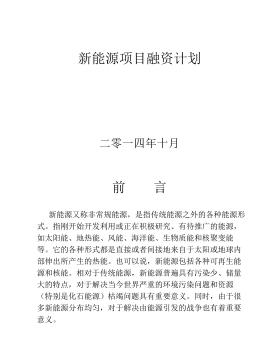
 2024-12-31 12
2024-12-31 12 -
新能源汽车运营服务公司商业计划书VIP免费
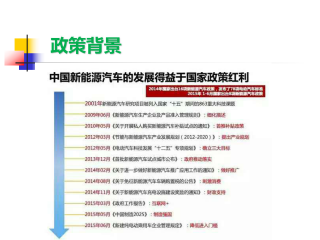
 2024-12-31 8
2024-12-31 8 -
上海xxx新能源股份有限公司商业计划书VIP免费

 2024-12-31 47
2024-12-31 47 -
绿特新能源商业计划书VIP免费
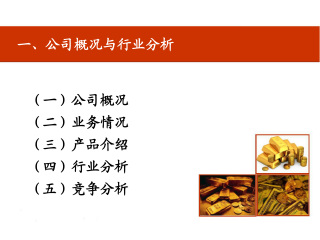
 2024-12-31 9
2024-12-31 9 -
关于新能源充电项目创业计划VIP免费
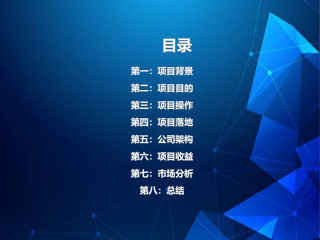
 2024-12-31 13
2024-12-31 13 -
太阳能充电器创业计划书模板VIP免费
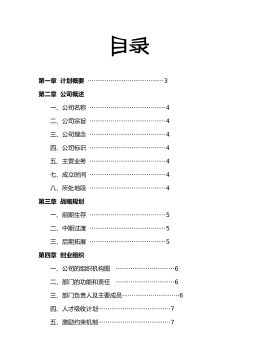
 2025-01-09 6
2025-01-09 6 -
中国新能源及节能环保材料项目商业计划书VIP免费
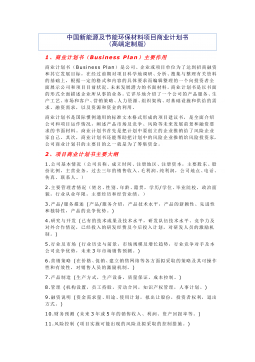
 2025-01-09 4
2025-01-09 4 -
中国(陕西)xxxx新能源股份有限公司VIP免费
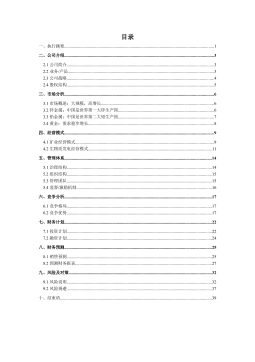
 2025-01-09 5
2025-01-09 5 -
阳光新能源公司创业计划书VIP免费
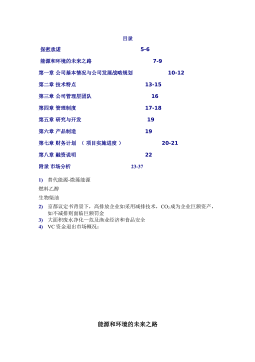
 2025-01-09 4
2025-01-09 4 -
新型纯电动安全汽车项目商业计划书VIP免费
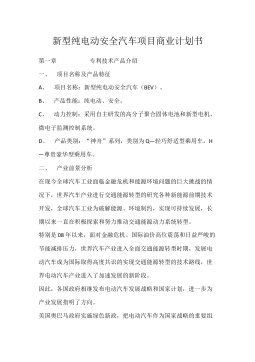
 2025-01-09 5
2025-01-09 5
作者:侯斌
分类:高等教育资料
价格:15积分
属性:67 页
大小:3.31MB
格式:PDF
时间:2025-01-09


